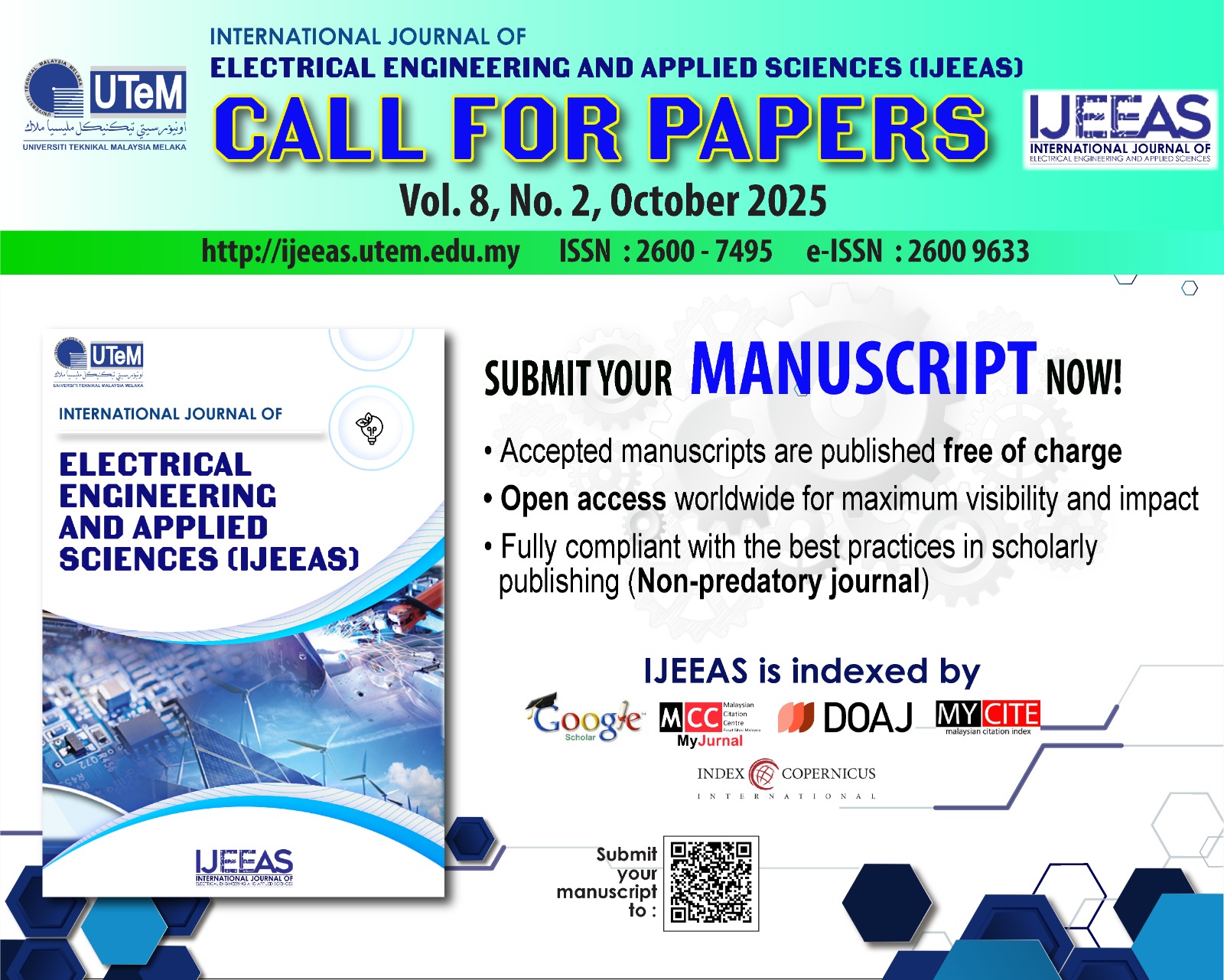Sigmoid-Function-Based Adaptive Pelican Optimization Algorithm for Global Optimization
DOI:
https://doi.org/10.54554/ijeeas.2024.7.02.003Abstract
This paper introduces the Sigmoid-function-based Adaptive Pelican Optimization Algorithm (MPOA), an enhanced version of the traditional Pelican Optimization Algorithm (POA) aimed at improving the POA's performance. Inspired by the hunting behavior of pelicans, the POA features two main strategies: the Exploration phase and the Exploitation phase. The Exploration phase involves searching new areas within the solution space, while the Exploitation phase focuses on refining the optimal solution space to achieve convergence. However, the Exploitation phase is inefficient, leading to slower convergence rates when striving for a global optimum. The MPOA incorporates an adaptive inertia weight mechanism that leverages the sigmoid function to balance exploration and exploitation throughout the optimization process. This adaptive approach ensures an efficient transition between searching for new solution areas and refining existing ones, thereby enhancing the overall optimization process. The algorithm was tested using a set of widely recognized standard benchmark functions to assess its performance. The results demonstrated that the MPOA significantly improved both convergence speed and solution quality compared to the original POA. Additionally, the MPOA outperformed other traditional optimization algorithms, such as Particle Swarm Optimization (PSO) and Genetic Algorithms (GA), in terms of achieving better optimization results. It specifically outperformed the others on 22 out of the 23 functions representing a 95.65% success rate. These findings suggest that the proposed MPOA provides an efficient optimization approach, leading to faster convergence and higher-quality solutions.
Downloads
Downloads
Published
How to Cite
Issue
Section
License
Authors who publish with this journal agree to the following terms:
- Authors retain copyright and grant the journal right of first publication with the work simultaneously licensed under a Creative Commons Attribution License that allows others to share the work with an acknowledgement of the work's authorship and initial publication in this journal.
- Authors are able to enter into separate, additional contractual arrangements for the non-exclusive distribution of the journal's published version of the work (e.g., post it to an institutional repository or publish it in a book), with an acknowledgement of its initial publication in this journal.
- Authors are permitted and encouraged to post their work online (e.g., in institutional repositories or on their website) prior to and during the submission process, as it can lead to productive exchanges, as well as earlier and greater citation of published work (See The Effect of Open Access).







